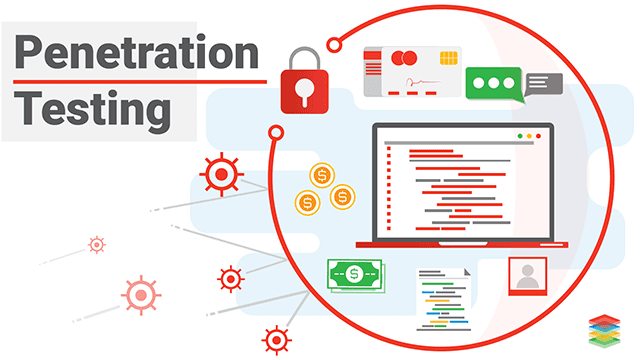
Vulnerability Assessment (VA)
Vulnerability assessment is the process of identifying, quantifying, and prioritizing vulnerabilities in a system, network, application, or organization’s infrastructure.
The primary goal of a vulnerability assessment is to discover weaknesses that could be exploited by attackers. These weaknesses could exist in software, configurations, or processes.
Vulnerability assessments typically involve automated scanning tools, manual inspection, and analysis of system configurations, as well as comparison against known vulnerabilities from databases like CVE (Common Vulnerabilities and Exposures).
The output of a vulnerability assessment is a list of vulnerabilities along with their severity ratings and recommendations for remediation.

Penetration Testing (Pen Testing)
Penetration testing is a simulated cyberattack on a computer system, network, or application to identify vulnerabilities that could be exploited by real attackers.
Unlike vulnerability assessments which focus on identifying weaknesses, penetration testing goes a step further by attempting to exploit those weaknesses to demonstrate their impact and identify potential consequences.
Penetration testing involves various techniques to simulate real-world attacks, such as attempting to gain unauthorized access, exploiting vulnerabilities, escalating privileges, and pivoting through the network.
The output of a penetration test typically includes a detailed report of vulnerabilities successfully exploited, the extent of access achieved, and recommendations for improving security posture.
















